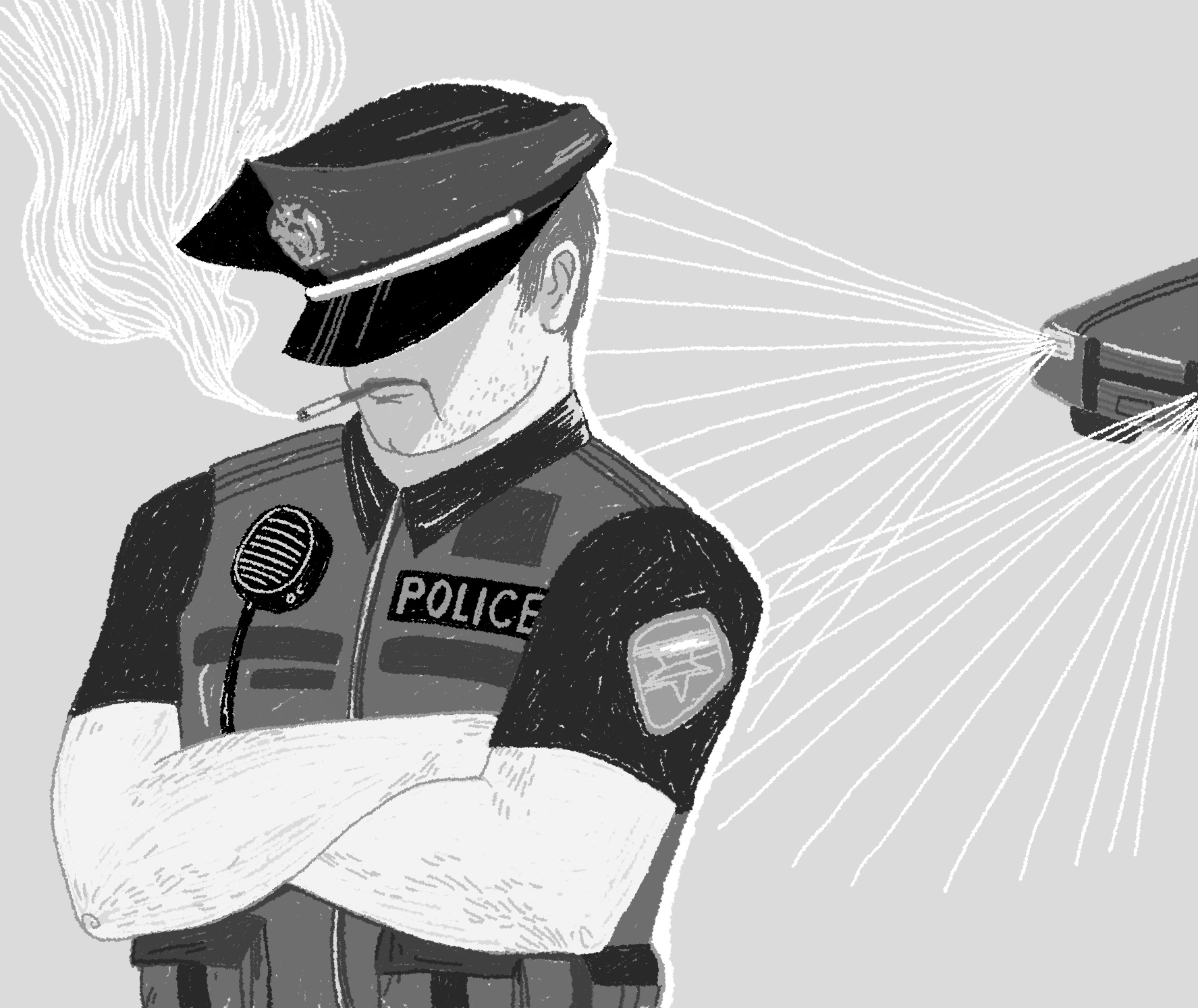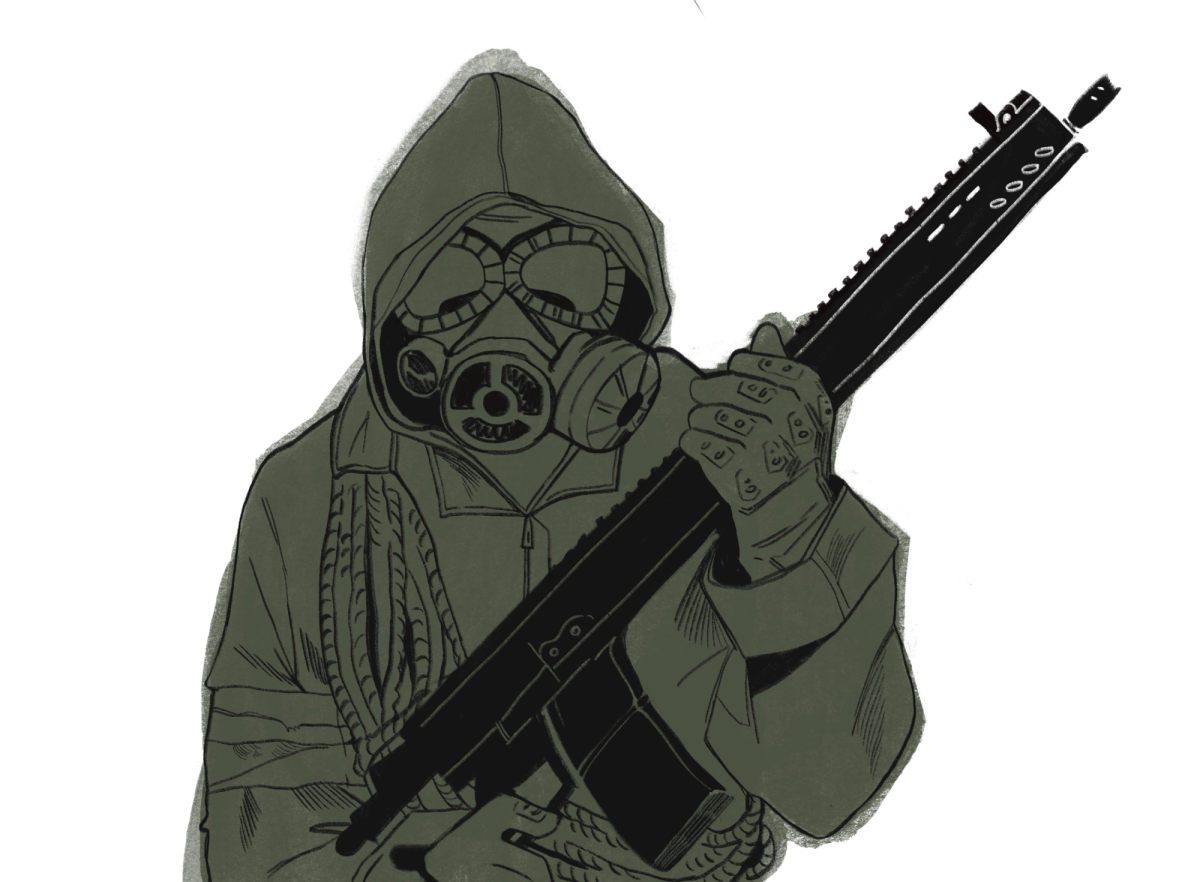
Jaahnavi Kandula, a graduate student from Southern India, was crossing the street in Seattle when a speeding cop car struck and killed her. Officer Daniel Auderer, a drug-recognition expert and elected vice president of the Seattle Police Officers Guild, was dispatched to the scene over fears that the officer behind the wheel was intoxicated.
“But she is dead,” Auderer confirmed, laughing to a fellow officer over the phone. “Just write a check. $11,000, she was 26 anyways … She had limited value.”
Kandula was killed on Jan. 23, but the recording from Auderer’s body camera wasn’t released until September after a concerned department employee found it. Auderer’s blasé attitude towards Kandula’s death has sparked global outrage and media coverage.
It’s a horrifying, gut-wrenching recording that exposes an undeniable truth: a systemic problem that stretches far beyond this one incident. Auderer’s attitude towards Kandula’s death reflects not just his own moral bankruptcy, but also a larger issue of desensitization among police officers.
A 2016 report from the Bureau of Justice Statistics found that 48 percent of police academies followed a military model. Basic training for police recruits predominantly focuses on firearms (a median of 60 hours) and self-defense (a median of 51 hours). In stark contrast, the time spent on mediation and conflict resolution averages just 11 hours. This militaristic training paradigm prepares officers for combat and violence, which means officers are going to expect exactly that. Militaristic training creates war-minded cops, set up to act without sensitivity and dehumanize civilians. Officers are then ill-equipped to handle complex situations with empathy and de-escalation.
When training is complete, officers discover that the majority of their job is spent responding to non-criminal calls, traffic incidents and low-level crimes. This includes, but is not limited to, responding to false/illegitimate calls, going to scenes of investigation, false burglar or fire alarms, hectic crowds and requests for information. The bulk of police work requires a different set of skills, like conflict resolution and community engagement.
Instead of training officers for military-style combat, officers need to be trained for the work they end up doing. Extensive training in de-escalation techniques, conflict resolution, handling domestic disputes and managing stress should be the norm in police trainings. Only by refocusing their training is there hope to address the issue of desensitization, violence and discrimination within law enforcement.
Auderer’s laughter and jovial comments on Kandula’s “limited value” exposes the blatant disregard for the lives of women of color. It’s impossible to ignore the intersectionality at play here — the fact that Kandula was not only a person of color but also a woman adds layers of complexity to this tragedy.
Excessive police force against women has soared in recent years. From 1999 to 2020, threats or the use of force against women have increased by 488 percent. On top of that, women’s arrests have increased by 19 percent between 1980 and 2019, while men’s arrests have dropped by 43 percent in that same timeframe. According to a 2018 study, police are twice as likely to use force against people of color.
When examining statistics related to police interactions, arrests and use of force, there’s a gap in our understanding of the experiences of women of color. Data often groups individuals into broad categories, missing the nuanced experiences of Black women, Latina women, Indigenous women or women from various Asian backgrounds. These women may face distinct forms of discrimination, bias and violence, but their stories remain buried within the broader narrative.
But if you combine the statistics of police interactions between female civilians and civilians of color, it’s evident that women of color face incredibly high levels of unnecessary and violent police encounters. Black feminist activist Frances M. Beal terms this experience “double jeopardy”— women of color enduring simultaneous racism and sexism.
So when a cop car is hurtling 74 mph in a 25 mph zone, hits and kills a young Indian woman, her death is met with laughter and insensitivity. Not only was she brown, but she was also a woman. Double jeopardy.
Auderer’s laughter goes beyond poor judgment. It’s symptomatic of a deeper issue within our law enforcement institutions: the very people entrusted with protecting the safety of civilians end up laughing at our deaths, if not being the perpetrator themselves. This case goes beyond the actions of one officer; it’s about a system that has allowed such desensitization to flourish.
The death of Jaahnavi Kandula and Officer Auderer’s response serve as glaring reminders of the urgent need for reform within our law enforcement agencies. It corrodes the trust between the police and the communities they serve, perpetuates racial and gender disparities and leads to devastating consequences for individuals like Kandula. Law enforcement training needs to be reimagined to cultivate respect and a commitment to protecting and serving all members of our society. The safety and dignity of every individual depend on it.








Julie Carter • Oct 5, 2023 at 2:46 pm
This is an important article. As the author points out our society would greatly benefit from the increased cost of longer and more comprehensive training programs at the police academy. Most European countries have programs that are 2 and 3 times as long and could provide useful templates. Health insurance companies have realized that investing in preventative care is cost effective. Maybe law enforcement should too.